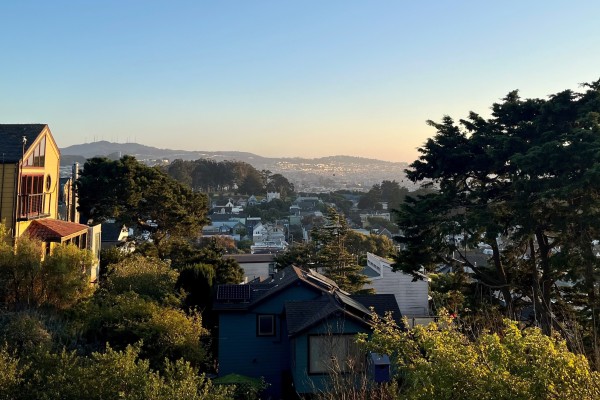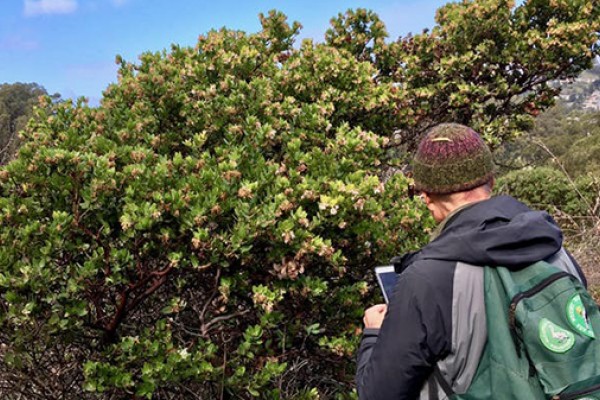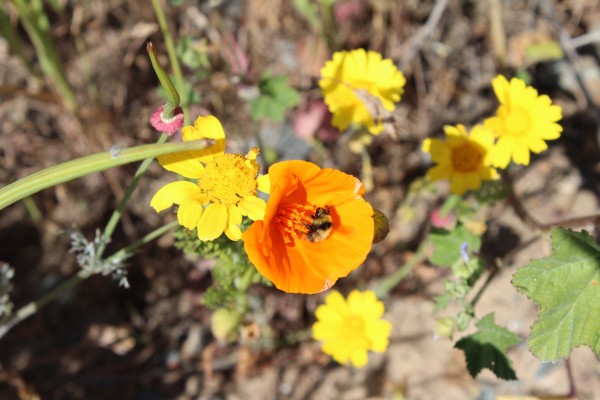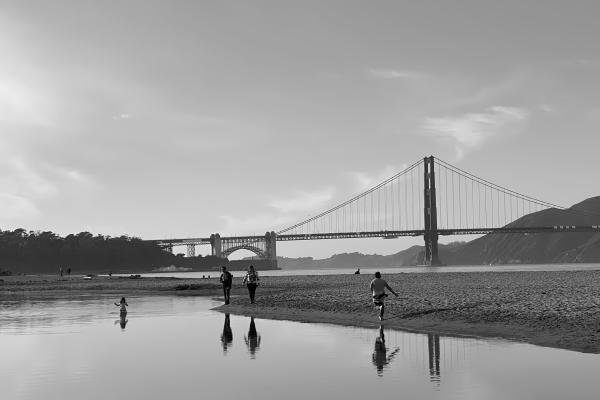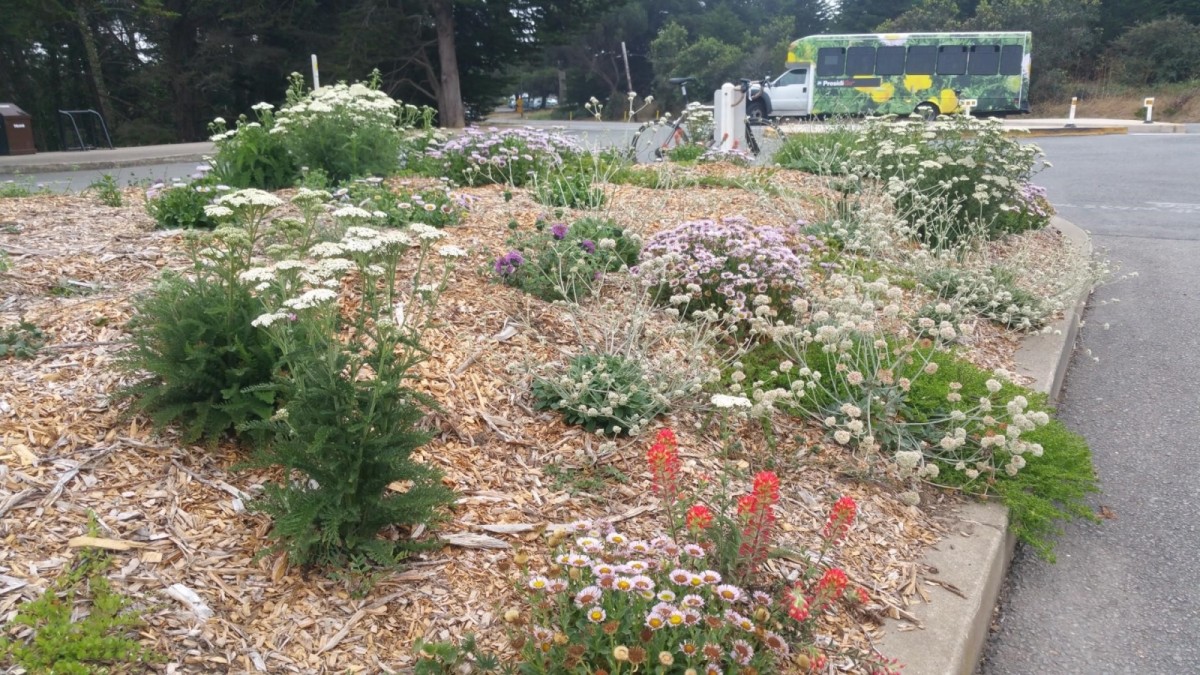
Integrating nature in the built environment
The Biodiversity Guidelines translate various local policies (including the General Plan and the Sustainability Plan), as well as State, National and international biodiversity plans and policies, into concrete actions that support the City’s biodiversity goals and the conservation and restoration of San Francisco’s natural heritage. These guidelines are a tool for integrating biodiversity into the built environment, so that urban development and all other landscaping projects support local nature.
The current pace of global biodiversity loss is unprecedented. We are losing species at a rate 1,000 times greater than at any other time in recorded human history - 200 species go extinct every day, and an estimated one million are at risk of extinction by end of century. Ecosystem restoration of land and water and urban forestry and greening with local native plant species are key strategies for supporting both biodiversity and climate resilience.
Birds, bees, butterflies, bats, and many other insect and other wildlife species will benefit from intentional selection and installation of a diversity of pollinator-friendly species.
To help the city’s natural environment flourish, all projects are viewed as resources for creating wildlife habitat. All design, construction, and landscaping efforts represent opportunities to support the City’s biodiversity vision and to enhance and increase natural continuity and connectivity.
San Francisco Biodiversity vision and design principles
The biodiverse city vision
San Francisco is a place where our local species thrive in climate resilient and healthy wildlife habitats and ecosystems that are integrated throughout our city’s physical environment, connecting ALL San Franciscans to nature daily and inspiring stewardship of our unique natural heritage.
Ecological design principles
- Design and plant with purpose in the local ecological context for people, plants, and wildlife.
- Create and integrate robust habitat into the built environment.
- Design for successful and sustainable maintenance and stewardship.
- Improve and restore ecosystem services: pollination, pest control, soil health and conservation, water quality and conservation, stormwater management, temperature regulation, and local air quality.
Incorporate sustainable maintenance into your design
Often landscapes are designed without consulting with landscape managers or maintenance personnel. As a result, several of the well-intentioned objectives listed above are not met because the plant selection turns out to be a failure, either due to lack of funding, lack of communication about maintenance needs, or just bad design that looks good on paper but does not work in the field. Landscape designers should always consult with maintenance colleagues prior to final sign-off on plant specifications for a project.
Introduction to the guidelines
Currently, the guidelines are required to be followed by municipal construction projects as stated in Chapter 7 of the San Francisco Environment Code, the Municipal Green Building Code.
For municipal projects with landscaping, these guidelines apply to projects proposing new landscapes as well as existing ones that are affected by a project. Since our municipal (City-owned) landscapes are a complex mosaic, settings do exist – including certain historic and cultural landscapes, certain specialty gardens, narrow sidewalks, active recreational landscapes – where some of the guidelines may not apply.
For private sector projects that have to comply with the Green Landscaping Ordinance, the Water Efficient Irrigation Ordinance, the Better Roofs Ordinance, and/or the Stormwater Ordinance, those projects should consider complying with section 1 (Wildlife and Plants) of the biodiversity guidelines (in addition to the other sections).
Project managers should strive to create the best product to help restore local nature and biodiversity everywhere we can in San Francisco.
